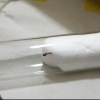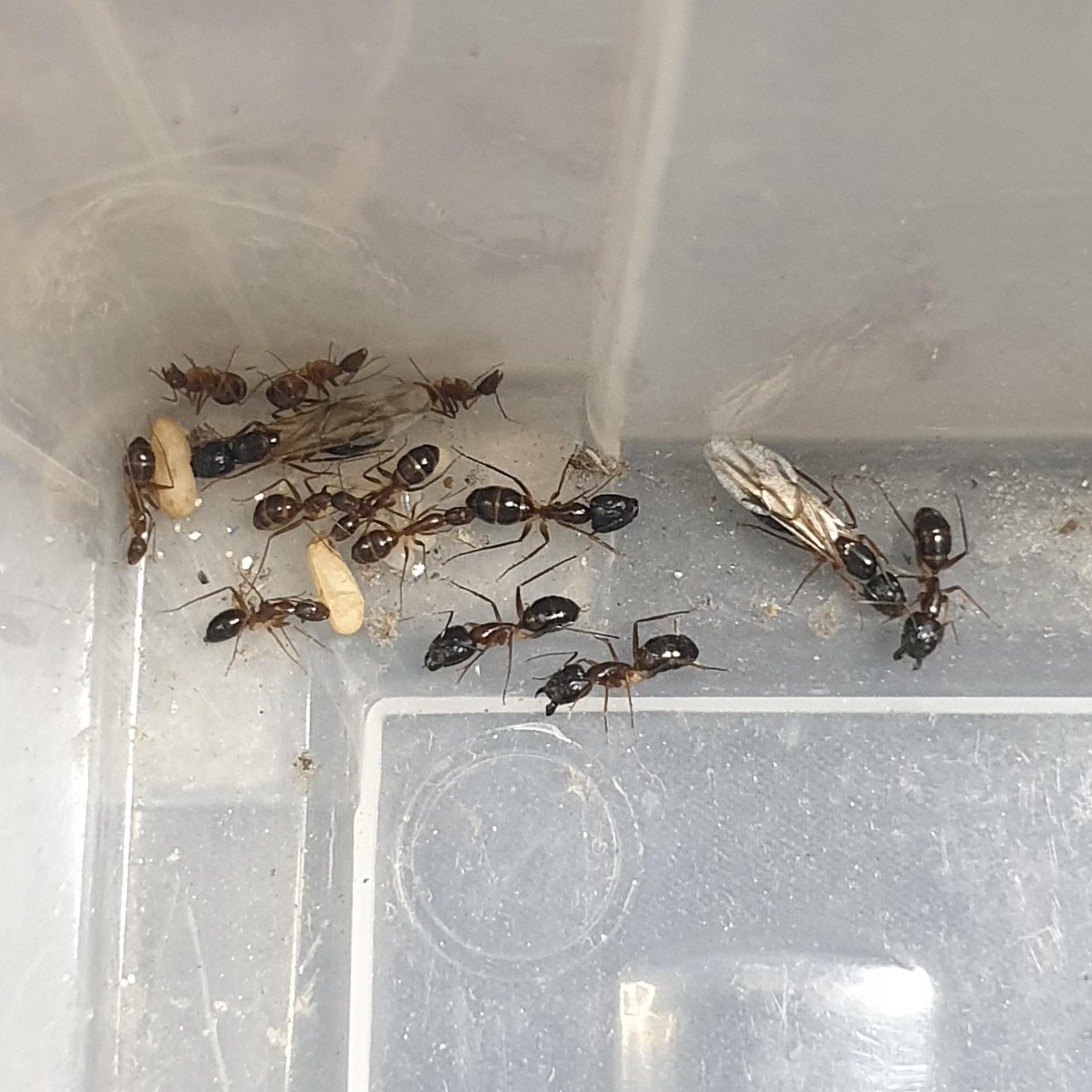1. Indonesia, Central Java, Semarang, In a park.
2. 08/07/2021 16:22 WIB, 7+UTC
3. in a park.
4. worker : 10-12mm
Queen : 15-20mm
5. black head & thorax & abdomen
6. very big ant
7. there is 2 queen
8. under a branch with some eggs and a few worker
9. i don't know.


















